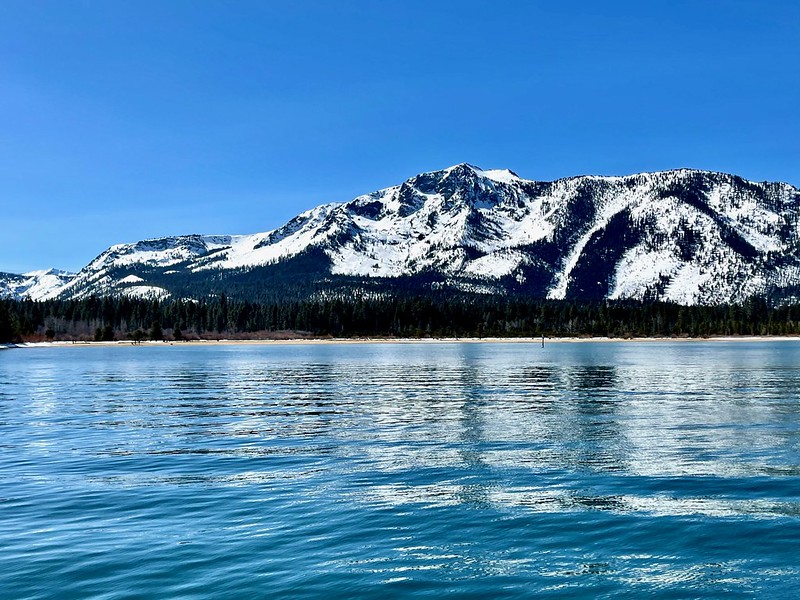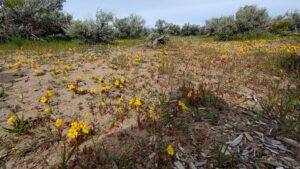
Rain and snowfall totals from this past winter suggest that the Reno-Tahoe area may be in for another dry summer, according to data from the Natural Resources Conservation Service.
From January to May, NRCS collects data in various location across Nevada in order to keep track of the state’s water resources and conditions. The monthly reports cover various metrics, including soil moisture, snowpack totals and precipitation.
Although these metrics are recorded in the winter and spring, they carry big implications for conditions in the summertime. NRCS snow surveyor Jeff Anderson says that the early melting that we are currently seeing will effect the amount of water in our rivers this summer.
“With the early snowmelt that we’re seeing right now, the soils are definitely wetting up,” said Anderson. “But that improvement of soil moisture really comes at a cost because it means the water is being absorbed by the soil instead of running off into our creeks… it’s going to make our streamflow less than it would be if we had a wet fall.”
Soil moisture across Northern Nevada and the Eastern Sierra is currently at 41% saturation, about 6% lower than in 2020.
Another factor that may contribute to a potentially dry summer is the underperformance of snowfall and precipitation totals in the month of March. The snowpack for Northern Nevada and the Eastern Sierra is currently below normal at 78% of its median, slightly lower than the 80% from last March. Anderson says March has been pivotal to getting enough water to our area in the past.
“This year in the sierras we saw probably about a normal amount, which is about two inches of water content to be gained by the snowpack, said Anderson. “That often translates to a couple feet of snow.”
But Anderson says previous years have produced up to 4 times as much new water content– 2020, 2019 and 2018 all saw more than 6 inches of new water content in March.
“We have been seeing March being kind of a critical month for our water supply,” said Anderson. “This year we didn’t see that, especially in the Sierras.”
Anderson also points out that the an eventual dry summer could lead to the risk of more fires developing this summer.
“Certainly a low snowpack that melts out early creates a long dry season and so it gives a lot of time for vegetation to dry out,” said Anderson. “I think predictions are that we could see another smokey summer for sure.”
The final report of the year will be released on May 1.





